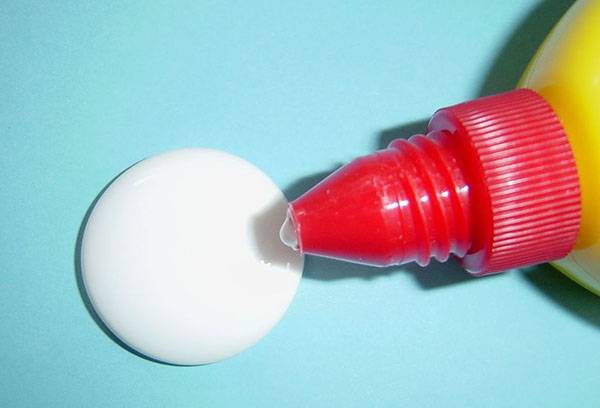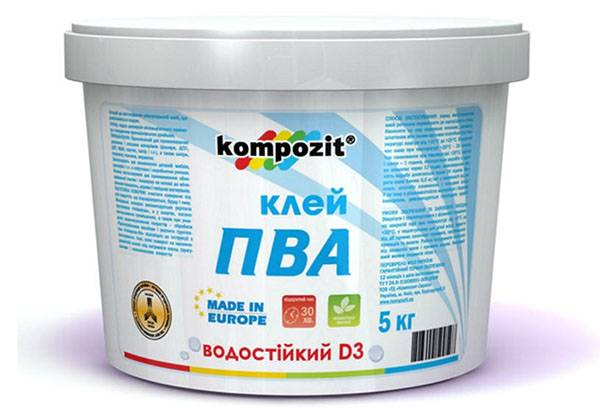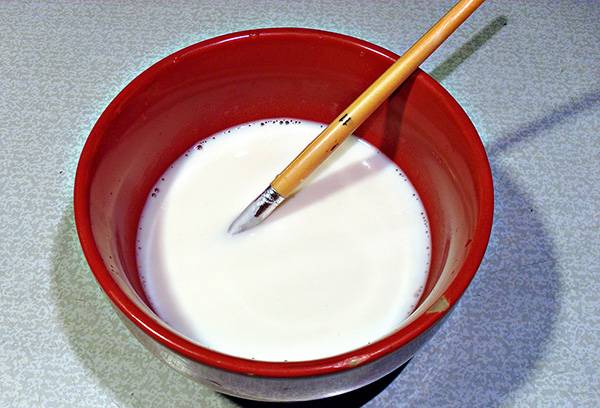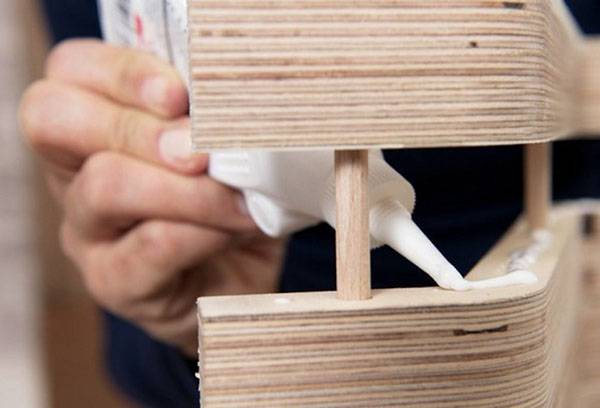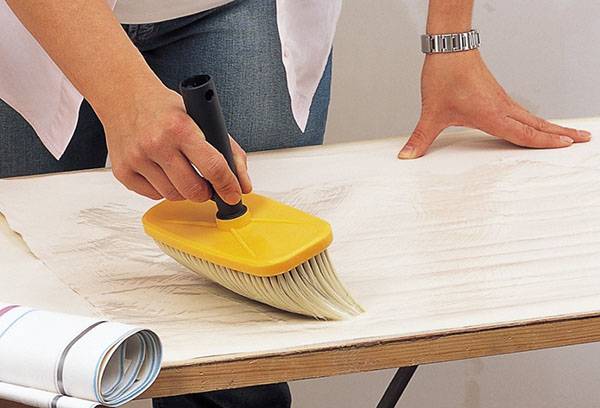How to choose high-quality PVA glue and use it correctly?
Ease of use, reliability, affordable price - all these properties make PVA glue one of the most popular substances in the world. The glue is considered universal; it will be useful both while studying at school and in the process of renovating an apartment. What is this remedy?
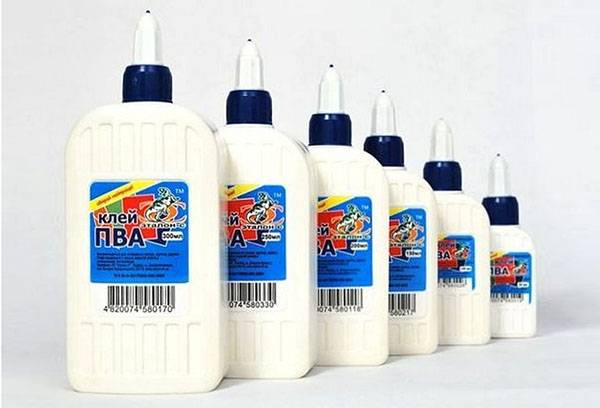
What is PVA made from?
The history of glue goes back a century. It was invented in 1912 in Germany. A few years later it began to be produced commercially. Today its production exceeds one million tons. The name stands for polyvinyl acelate glue. It is this substance, polyvinylacelate, that is active. It is obtained from a special synthetic fiber based on polyvinyl alcohol - vinalon. It makes up 95% of the product. In addition, the composition includes various additives that increase plasticity, stability, and adhesive strength.
Specifications
PVA glue is valued for its technical characteristics and ease of working with the composition.
- The adhesive joint is characterized by high plasticity. On paper that has been glued with PVA, kinks can be made, while many products used for gluing various surfaces crystallize and break when you try to bend the sheet.
- High adhesive capacity, according to GOST - 450 N/m. PVA has been competing with more expensive products for a long time.
- The glue contains no toxic substances, so even children can use it.If it comes into contact with the skin, there will be no negative reaction; the product just needs to be washed off.
- PVA does not burn or explode, no matter what you do with it.
- The product can be dissolved in organic acids. If it has completely frozen, then it is impossible to make it suitable for use: it has lost its adhesive properties.
- A thin layer of the substance is invisible to the eye, so crafts made using PVA look very neat.
- It is not recommended to use the product if the air humidity in the room is more than 80%.
- The time required for complete drying is a day.
- Frost resistance - at least 4 cycles.
- The average storage time is six months.
Varieties
PVA glue has remarkable qualities, which have created a positive reputation for it. But when using it, you need to remember that there are different types of this product. For example, office glue will not adhere to wood. Therefore, it is necessary to take into account the planned work and purchase the appropriate version of the product.
- Household (wallpaper). Designed for working with paper and paper wallpaper that needs to be glued to one or another surface - plastered, wooden, cement. It has a white color, which may contain yellowness. If the product is old, then the yellow becomes more pronounced. The smell is not strong. If, when you press the tube, only a certain amount of yellow or clear liquid pours out, then the product has lost its quality. The packaging should be thrown away.
- Clerical. Used to glue paper and cardboard. It has a fairly liquid consistency, white or beige color. It has low resistance to moisture and frost.
- Universal (MB). A viscous substance is white, sometimes with a yellowish tint.Adheses well to slippery surfaces. Most often it is used when working with paper, glass, and leather. Its technical characteristics make it possible to glue even some floor and wall coverings.
- "Super M". Its use makes sense if there is a need to glue vapor-permeable materials while maintaining high quality seams, and there are no special requirements for gluing technology. This type of PVA can be used when installing flooring and ceramic tiles. It can be used to connect fabric, leather, glass, porcelain. The product is frost-resistant.
- D3. Effective when working with wood and plywood.
- Building. It is rarely used in its pure form, except for gluing certain types of wallpaper. More often it is added to mortars for bricklaying and some other materials to improve their quality.
Important!
It is worth knowing that frost resistance is characteristic not of the substance itself, but of the adhesive seam. PVA glue is water-based, so it will simply freeze in the cold. After thawing, it can no longer be used, as it loses its qualities. Therefore, during the cold season it makes sense to work indoors.
How to dilute it?
If the product has thickened, you can dilute it with water, adding it little by little and stirring constantly until the mass is homogeneous. But this only applies to household and office glue; the water resistance will be partially lost. But for “Super M” and universal glue it is worth taking an organic solvent.
PVA construction emulsion will not lose its qualities when diluted with water. To prepare the primer, it is diluted with twice the amount of water. Surfaces are treated with the solution to increase adhesion.
Application, how long it takes to dry
Working with PVA is quite simple. The instructions will tell you what glues this or that type of product and how to use it. The use of wallpaper adhesive or D3 on wood surfaces may vary slightly. Problems often occur when working with paper surfaces. You need to remember a simple rule: the substance is applied to the surface that absorbs it more slowly, that is, less porous.
Advice
If the product is applied to thin wallpaper, then one layer is enough. For dense materials you will need two.
When glue needs to be applied pointwise, use a special nozzle. If it is not there, then a syringe without a needle or an ordinary pipette will do. They will come in handy more than once; only after use you need to wash them thoroughly with water. If the application surface is large, then you need to take a roller, brush or sponge. The substance should be applied starting from the center and gradually moving to the edges. You need to act quickly, since the drying speed on paper is faster than on wood and other surfaces.
To get rid of air bubbles, you can apply a sheet of paper to the surface and smooth out the unevenness through it with a roller or just your hand. When possible, it is recommended to keep glued items under pressure for reliability. It is worth noting that when gluing paper it is better to use the so-called “archival” PVA glue. It is acid-free, so the paper will not turn yellow after a few years.
PVA glue usually dries naturally within a day. But sometimes the question arises of how to quickly dry a product made with its help. In such cases, heat must be used. For example, put the item near the battery or blow on it with a hairdryer.You can even put it in the microwave, but only if there are no metal parts.
PVA for wallpaper
If we are talking about wallpapering, then the surface must be prepared in advance. It needs to be washed to get rid of dirt and dust. Before applying the substance, it must dry; the composition is not applied to a damp wall. Smooth walls are puttied, and rough walls are primed.
It is necessary to study the instructions on the package to find out whether the product needs to be diluted. For plywood and chipboard it is usually used in its pure form. The substance is applied to the wallpaper using a brush or roller, then attached to the walls and smoothed with a dry cloth.
So, PVA is a waterproof and frost-resistant glue, which, thanks to its qualities, has gained recognition all over the world. Although the decoding of its name is not known to everyone, many people have used it, because the product is widely used in various fields.
